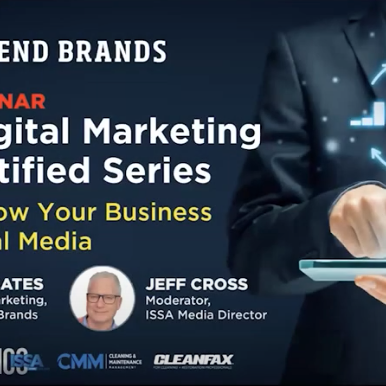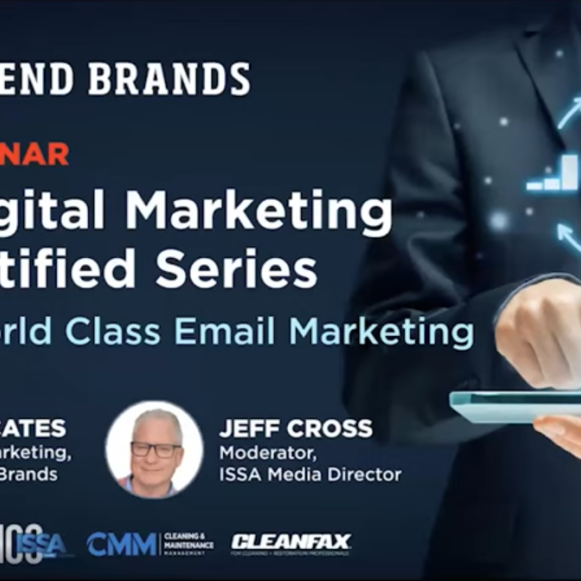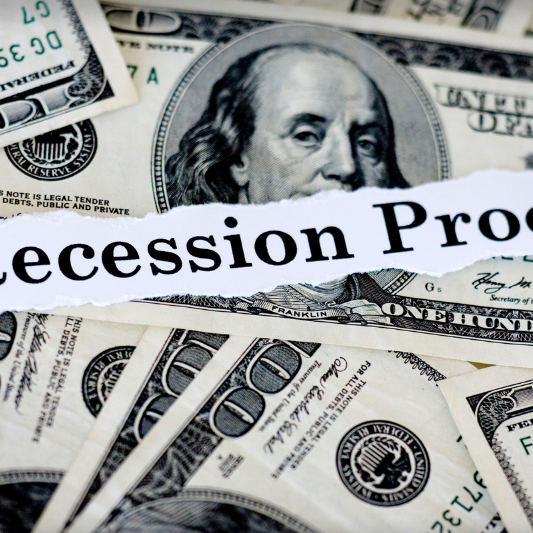How to Know Your Marketing Is Working

Finding an affordable marketing strategy to grow your business can be challenging. Companies often make marketing decisions based on cost without considering return on investment (ROI). To measure your results and set realistic marketing goals, you should be able to answer these questions:
- What is your customer lifetime value for a new account?
- What is your cost to acquire a new account?
- What is your ROI of the marketing strategy you’re using?
- What marketing budget do you need to meet your goals?
If you’re having difficulty answering these questions, you probably haven’t been measuring your marketing results. If that’s the case, here are some tips that will help you make more informed marketing decisions.
What are your business goals?
Before deciding which marketing strategy to use, you should ask these questions:
- What types of accounts would you like to target?
- How many new accounts would you like to add each month?
- What is your attrition rate—on average, how many accounts do you lose each year?
- How many new accounts can you handle operationally and financially?
- What marketing strategy can you use to acquire the contracts you want?
Calculating your customer lifetime value
Do you know what an average client is worth to your business’s bottom line? If you can’t assign a dollar value to your clients, you can’t evaluate the effectiveness of your marketing program. Customer lifetime value (CLV) represents the total profit you can expect over the life span of an account.
As the size and life span of accounts can vary, you need to look at several years’ worth of current and past client data to calculate an average CLV.
For example, let’s assume the following:
| Number of accounts | 25 |
| Gross income | $300,000 |
| Net income | $75,000 |
| Average account life span | 2.5 years |
You can calculate your CLV in two steps.
Step 1: Calculate the annualized profit per account
$75,000/25 accounts = $3,000 (on average) of profit per account per year
Step 2: Multiply the profit per account by the average account life span
$3,000 × 2.5 years = $7,500
The average customer lifetime value for this example is $7,500.
Calculating your cost per acquisition
Your cost per acquisition (CPA) is best defined as the cost to acquire a new client, not a lead. The CPA for any marketing strategy will depend on your cost per lead and your close rate—the percent of leads that become clients. Your close rate can vary from one marketing strategy to another. For the following CPA calculation, let’s assume marketing costs of $1,000 per month and that you close two contracts per month. Divide your monthly marketing spending by the number of contracts closed to calculate your CPA:
| Monthly marketing spending | $1,000 |
| Contracts closed per month | 2 |
| Cost per acquisition | $500 |
The CPA for this marketing strategy is $500.
How is your close rate?
You can’t close every account you bid on. Unless you’ve had years of sales experience or a good mentor, you probably won’t close the majority of accounts you quote. However, the higher your close rate, the better your ROI, so it behooves everyone to get better at bidding and find a reliable source of qualified leads.
Your close rate depends on you and the quality of your lead
Marketing strategies can help you get more leads, but the ultimate goal of any marketing program is to close accounts. Pay-per-lead services and online marketing strategies will get your foot in the door, but once your walkthrough appointment is set, three factors will determine your close rate:
- The competitive landscape
- Your sales and bidding skills
- Whether or not the lead was qualified.
The competitive landscape is difficult to control, and you will close more accounts by fine-tuning your sales and bidding skills. If you aren’t bidding on qualified leads, though, you could be wasting valuable time and money.
What is a qualified lead?
Most marketing agencies would define a qualified lead as a potential client who has expressed interest in the services of the seller. If you aren’t getting qualified leads, you won’t close as many accounts as you could be closing. For best results, prequalify your leads before setting appointments.
Calculating your custodial marketing ROI
ROI can be defined as how many dollars in profit you get back for every dollar you spend on marketing. If you earn $10 for every $1 you spend on marketing, your ROI is 10-to-1, or 10 times your investment.
Once you know the CLV of an average client and your CPA, you are ready to calculate your ROI. For our purposes, ROI will be calculated based on net profit to show how much it impacts your
bottom line.
To calculate ROI, divide the total profit from the accounts you’ve closed by your marketing spending. Here’s how the formula would work using our example:
| Customer lifetime value | $7,500 |
| Accounts closed per month | 2 |
| Total profit realized | $15,000 |
| Monthly marketing spending | $1,800 |
| Return on investment | 8-to-1 |
Many marketing agencies consider a good ROI to be at least 3-to-1.
Setting a custodial marketing budget
Now that you know your CPA and CLV, you can set a realistic custodial marketing budget to meet your goals. Follow these five steps to calculate your marketing budget:
- Step 1: Set goals for the number of new accounts you want to add for the year
- Step 2: Add the number of accounts you lose on average to attrition
- Step 3: Determine the CPA for the marketing strategy you’ve chosen
- Step 4: Multiply the CPA by the number of accounts needed
- Step 5: Divide by 12 to determine your monthly marketing budget.
These steps can be applied to the following example:
| New account goal | 12 |
| Account attrition | 3 |
| New accounts needed | 15 |
| Cost per acquisition | $900 |
| Monthly marketing budget | $1,125 |
The monthly marketing budget for this example is $1,125.
What to do if you aren’t meeting your marketing goals
If you haven’t been meeting your marketing goals, it could be due to one or more of the following factors:
- Your marketing strategy’s ROI is low
- Your marketing budget isn’t adequate
- Your close rate is too low.
ROIs can vary based on the marketing strategy used and other factors. If you’re not meeting your marketing goals with the strategy you’re using, you can either find out why the strategy is underperforming and take steps to improve it, or you can look for a different strategy.
If your results don’t improve, you can seek help from a marketing professional with cleaning and restoration industry experience.












